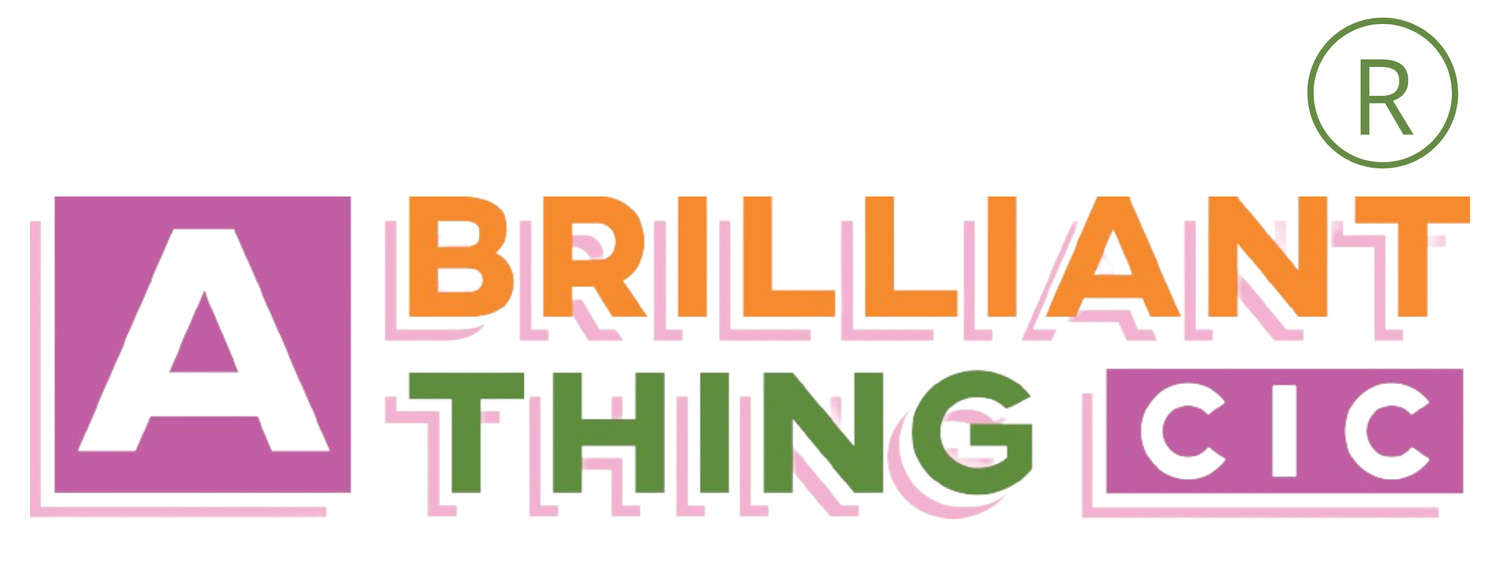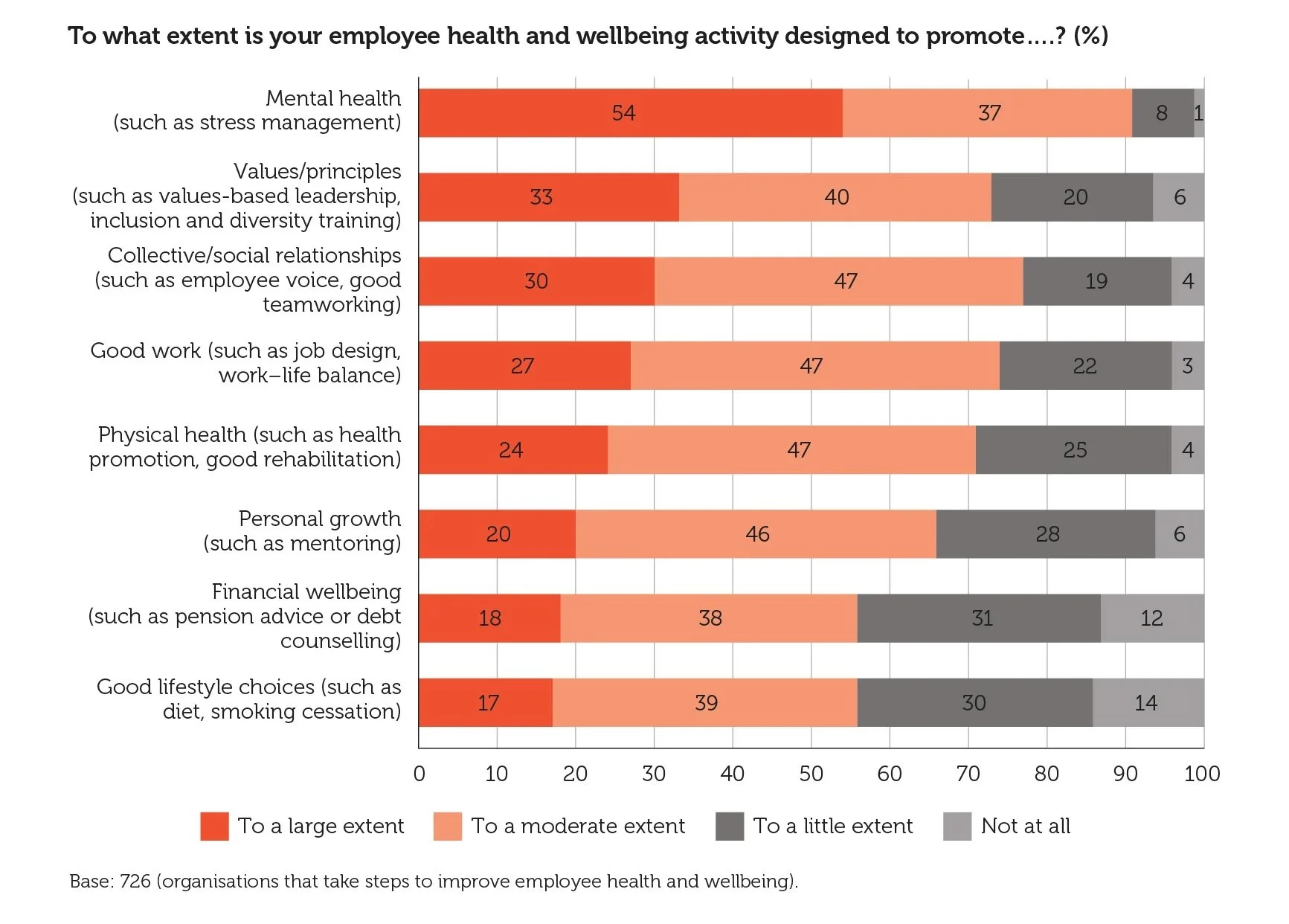Where are we with workplace wellbeing?
Guest post by Carol Reid, Programme Director at the National Foundation for Youth Music. Connect with Carol on LinkedIn
The COVID-19 pandemic moved workplace wellbeing from the fringes of organisational policy into the mainstream. Yet since its peak in 2021, employee wellbeing has seen a small but steady decrease down senior leaders’ agendas.
Right now, employee absence rates are at their highest in a decade.
This is unsurprising given the myriad of issues that people are dealing with, in a cost-of-living crisis with enduring pandemic effects. So why isn’t workplace wellbeing high on the agenda of all senior leaders?
As a relatively new area of practice – certainly not something that was talked about when I joined the workforce 20 years ago – it’s not a massive surprise that some people haven’t yet caught on. What even is workplace wellbeing? Is it all about mental health? Physical health? Preventative or reactive?
What’s more important, culture or strategy?
The latest CIPD and Simply Health Health and Wellbeing at Work report (2023) (from which all the data in this blog is taken) strongly advocates for “companies to develop systemic and preventative health and wellbeing strategies that are supported by the most senior levels of leadership”. Currently, around half of companies have a wellbeing strategy – this figure rises to 75% for large organisations. But if culture eats strategy for breakfast, are wellbeing strategies really necessary?
The chart below shows the range of wellbeing activities on offer, and the outcomes they’re designed to promote. Unsurprisingly, the most common focus is on mental health. The report tells us that stress is one of the main causes of absence, and that heavy workloads are the main cause of this stress. Activities promoting mental health, such a stress management, are all well and good, but are they just a sticking plaster? Good job design (fourth down the list) that ensures a positive work life balance – or a business plan that plans for adequate resource management – could have a much more positive impact on stress reduction in the long-term.
Fig 1: responses to the question, “to what extent is your employee health and wellbeing activity designed to promote… (%)”
Fig 1: responses to the question, “to what extent is your employee health and wellbeing activity designed to promote… (%)”
Many of today’s jobs are wholly desk-based, but humans weren’t designed to sit at desks all day.
This is taking its toll - musculoskeletal injuries (including neck strains, RSIs or back pain) are the second highest cause of both short and long-term absence. Yet physical health lags fifth in the above list. Far more needs to be done to counter the sedentary nature of desk-based jobs. At present, this is rarely part of the wellbeing conversation, not even mentioned in the report.
Whether it’s stress, back pain or something else - a well-designed wellbeing strategy, developed with the people it’s intended to support, can offer organisations solutions tailored to the needs of their employees. Strategies also offer a statement of intent, committing resources alongside accountability. So they are worth the effort of drawing up, no matter how small your organisation.
But a good strategy isn’t worth the paper it’s written on if it’s delivered in a toxic work environment.
This is where culture comes in. If your strategy is a train that takes you to wellbeing nirvana, then an inclusive culture is your fuel. Both must co-exist if you want to reach your goal.
This means leaders need to do more than simply set the wellbeing strategy. They also need to enable progress and dialogue through the management culture, and model good wellbeing practices themselves. When you add complexities such as generational differences between employee and employer expectations, or shrinking organisational budgets, it’s not always an easy task.
As we live through such turbulent times, workplace wellbeing is only going to get more important. It’s a fascinating time to be part of culture-setting. The 31% of senior leaders who don’t have it on their agenda need to catch up quickly, before they’re cancelled, called out or can no longer keep calm and carry on.


